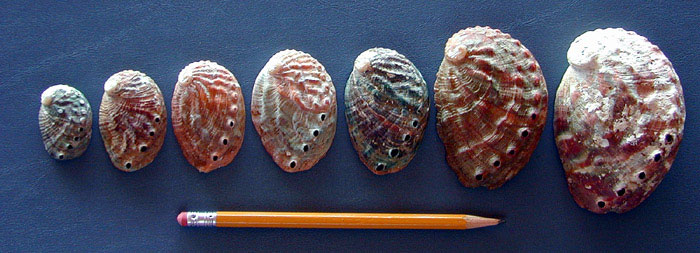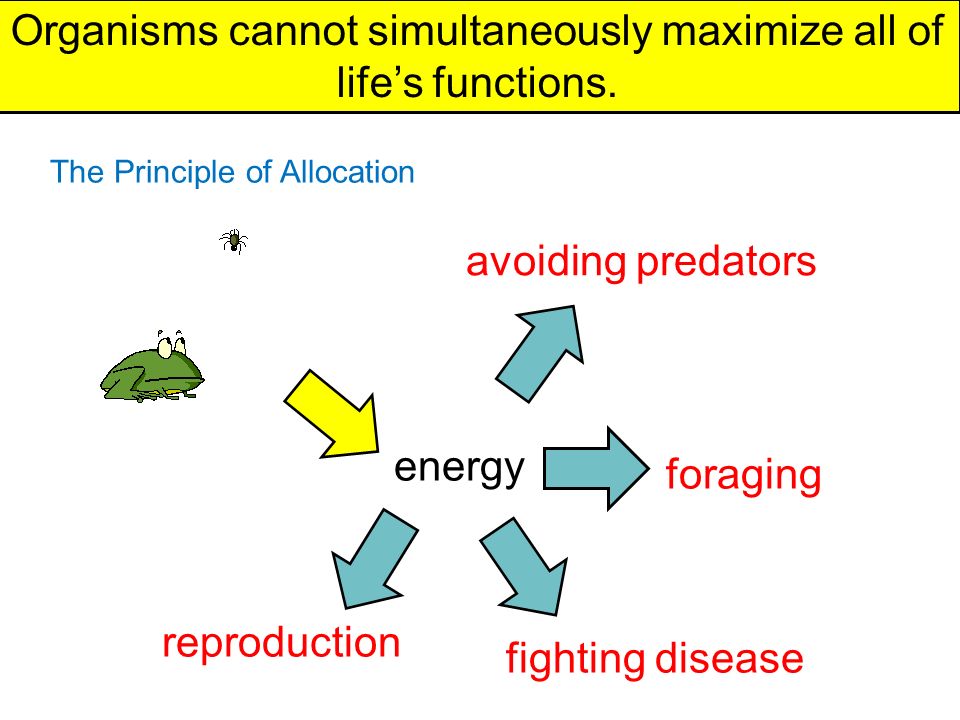 |
| Hello again! |
This next part of our abalone history
lesson is about the role abalone has played in California's economy.
Another dry topic, I know. Maybe hearing about how much money this
fishery has pulled in can persuade some of the more anthro-centric
readers to care a bit more about having these guys around. This will
mostly be formatted, once again, in an abridged timeline for the two
aspects of the whole fishery.
A quick side note, and I will admit I
only just found this out: the only part of the abalone that we eat is
something called the adductor muscle. It's the tough, circular bunch
of tissue that attaches the abalone's shell to the rest of its body.
Because its so tough, it takes a lot of prep to make it tender enough
to eat.
 |
| You see that pale circle marked "muscle attachment"? That is the only part of the animal we can eat! Source: https://www.marinebio.net/marinescience/06future/abintro.htm |
I. Commercial Abalone Fishery
- Early 1900s: The commercial industry focuses on selling abalone as either a dried or canned product (after first being boiled). Dried abalone meat sells at about twenty cents a pound, and the shells sell for four dollars a ton.
| Hard to believe the shells sold more than the meat, right? Eh, not really. Source: http://content.cdlib.org/view?docId=kt5199n7c0&chunk.id=d0e1694&brand=calisphere&doc.view=entire_text |
- 1957: The commercial abalone fishery peaks at a harvest of twenty-five hundred (2,500) tons.
- 1957 to 1969: Two-thousand tons of abalone are harvested every year, and both abalone abundance and successful commercial landings start decreasing after 1969.
- 1992: 260 tons in successful commercial landings
- 1993: 230 tons in successful commercial landings, valued at $3,154,147. This would have been worth $3,601,141 in 2000.
- 1994: 140 tons in successful commercial landings.
- 1995: 118 tons brought in by the commercial fishery, valued at $2,515,467. This would have been worth $2,792,070 in 2000. 73% of this value came from fisheries in Southern California, while 17% came from Central California.
| It just kept going down the longer we used it. Source: http://www.reefcheck.org/reef-news/an-in-depth-look-at-abalone-part-ii-a-brief-history-on-abalone-fisheries-and-regulations |
While the commercial abalone fishery
brought in a large amount of money to the economy, the supply has
always been outweighed by the demand. Products made from abalone have
always been billed as high-end materials, giving it a pretty
substantial place in international markets. At its peak, it was up to
a 4 million dollar industry. The commercial fishery had to be
permanently closed because the populations of these animals could not
handle the incessant large-scale harvesting.
II. Recreational Abalone Fishery
Since the late 80s, recreational
abalone fishing efforts have been concentrated in Sonoma and Medocino
counties, since these are where red abalone tend to occur in the
densest numbers—red abalone are now the only species people can
fish for anymore, since the commercial industry and disease nearly
wiped out the other four edible species. Fishing in Sonoma and
Mendocino Counties make up 96% of the annual recreational fishery
efforts, up from 76% in 1989. However, residents of Sonoma and
Mendocino only make up 22% of the total fishing trips made for both
counties. The remaining 78% is made up of people coming into the
areas from outside the local communities. This helps drive up revenue
for the local economies.
 |
| Here's a breakdown of where recreational abalone fishing takes place. Source: https://www.wildlife.ca.gov/conservation/marine/red-abalone-fmp/survey |
Counting travel, food, lodging, and
equipment costs, the average rate for a recreational abalone trip
goes for about $49 a trip. Since these two counties saw a combined
number of 201,614 diving trips in 2000, the recreational fishery has
been estimated to bring in about $9,879,086 annually. Factoring in
re-spending by businesses that cater to the needs of incoming abalone
fishers, the total output demand for the local economies ends up at
$17,187,633.
 |
| Even though you have to hold your breath in order to legally dive for abalone, a lot of people do it. Source: http://www.atlanticbb.net/news/read/category/us/article/the_associated_press-californias_2018_abalone_fishing_canceled_by_offic-ap |
So, the commercial industry might have
been big, but it didn't bring in the same amount of money as the
recreational industry. People are willing to pay a pretty fair amount
to go abalone fishing, and towns near where the animals are most
found thrive from incoming divers. It's a nearly 18 million dollar
industry! Now that the recreational fishery is closed, these local
economies are missing a chunk of their annual revenue. Northern
California's beaches aren't exactly known for their sun; unless you
like rocks, cold, murky water, and big surf (no complaints here), the
best local businesses can hope for from outside income is from
fishermen who are willing to travel. Without the abalone fishery,
things slow down.
 |
| People like abalone fishing so much, Fort Bragg even has a festival celebrating it. Source: https://northcoastca.com/blog/mendocino-county-culinary-events/ |
Next week, I'll pour in a bit more of
my feelings into this subject; let you know how I personally feel
about the changes that have affected this very Californian fishery.
Stay curious.
 |
| Take it "ease-sea"! Oh, that was bad. |
Picture Sources: https://www.marinebio.net/marinescience/06future/abintro.htm
http://content.cdlib.org/view?docId=kt5199n7c0&chunk.id=d0e1694&brand=calisphere&doc.view=entire_text
http://www.reefcheck.org/reef-news/an-in-depth-look-at-abalone-part-ii-a-brief-history-on-abalone-fisheries-and-regulations
https://www.wildlife.ca.gov/conservation/marine/red-abalone-fmp/survey
https://www.wildlife.ca.gov/conservation/marine/red-abalone-fmp/survey
http://www.atlanticbb.net/news/read/category/us/article/the_associated_press-californias_2018_abalone_fishing_canceled_by_offic-ap
https://northcoastca.com/blog/mendocino-county-culinary-events/
|










